Home>Gardening & Outdoor>Landscaping Ideas>How To Fix Pet Urine Spots In Grass
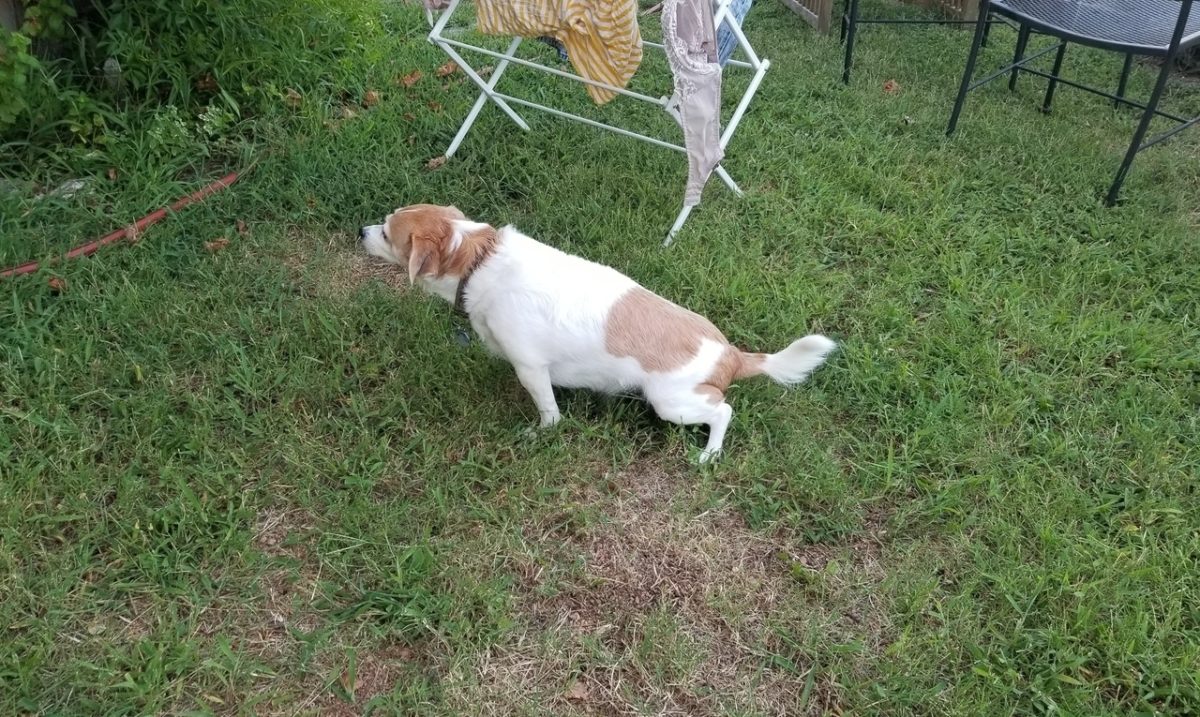

Landscaping Ideas
How To Fix Pet Urine Spots In Grass
Modified: September 1, 2024
Learn effective landscaping ideas to fix pet urine spots in grass and restore your lawn to its lush green beauty. Discover expert tips and solutions for maintaining a pet-friendly yard.
(Many of the links in this article redirect to a specific reviewed product. Your purchase of these products through affiliate links helps to generate commission for Storables.com, at no extra cost. Learn more)
Introduction
Maintaining a lush, green lawn is a source of pride for many homeowners. However, the presence of unsightly pet urine spots can quickly diminish the beauty of your outdoor space. If you're a pet owner, you're likely familiar with the frustration of dealing with these pesky spots. Fortunately, with the right knowledge and strategies, you can effectively address and prevent pet urine spots in your grass, restoring your lawn to its former glory.
In this comprehensive guide, we'll delve into the causes of pet urine spots, provide tips for identifying and fixing these blemishes, and offer practical advice for preventing future occurrences. Whether you're a seasoned gardener or a novice pet owner, the information presented here will empower you to take proactive steps toward achieving a vibrant, pet-friendly lawn.
So, let's embark on this journey to reclaim the beauty of your outdoor oasis and create a harmonious environment where your beloved pets can thrive without compromising the health and appearance of your grass.
Key Takeaways:
- Pet urine spots in grass are caused by concentrated nitrogen in the urine, leading to irregularly shaped, discolored patches. Prompt dilution, aeration, and soil amendments can help fix and prevent these unsightly blemishes.
- To prevent pet urine spots, encourage proper pet hydration, designate urination areas, and promptly dilute and water affected areas. A balanced diet, supplements, and professional lawn care can also safeguard your lawn from pet urine damage.
Read more: How To Remove Pet Urine From Fake Grass
Understanding the Causes of Pet Urine Spots
Pet urine spots on grass are a common concern for many pet owners. Understanding the underlying causes of these unsightly blemishes is crucial in effectively addressing and preventing them. When a pet urinates on the lawn, the urine contains a high concentration of nitrogen, which, when deposited in small areas, can create localized patches of dead or discolored grass. This occurs due to the excessive nitrogen acting as a concentrated fertilizer, essentially burning the grass in the affected areas.
The size and intensity of the urine spots can vary based on several factors, including the pet's diet, hydration levels, and the frequency of urination. For instance, pets that consume high-protein diets tend to produce urine with a higher nitrogen content, which can result in more pronounced and widespread spots on the grass. Additionally, concentrated urine due to dehydration can exacerbate the impact on the lawn.
The gender of the pet can also play a role in the formation of urine spots. Female dogs, for example, tend to create more noticeable spots due to their tendency to urinate in a single location, resulting in a higher concentration of urine in a specific area. On the other hand, male dogs may distribute their urine over a larger area, potentially leading to more diffuse damage.
Furthermore, the health of the grass itself can influence the severity of urine spots. Weakened or stressed grass is more susceptible to damage from pet urine, as it lacks the resilience to withstand the concentrated nitrogen. Factors such as inadequate watering, compacted soil, and poor soil quality can contribute to the grass's vulnerability, making it more prone to developing unsightly spots.
By comprehending the various factors that contribute to the formation of pet urine spots, pet owners can gain valuable insights into mitigating their impact. Armed with this knowledge, you can implement targeted strategies to address existing spots and take proactive measures to prevent their recurrence, ensuring a vibrant and healthy lawn for both your pets and your family to enjoy.
Identifying Pet Urine Spots in Grass
Identifying pet urine spots in your grass is the first step toward effectively addressing and remedying the issue. These spots typically manifest as discolored or dead patches within the lawn, often taking on a yellow or brown hue. To the untrained eye, these blemishes may resemble the aftermath of inadequate watering or other common lawn problems. However, there are specific indicators that can help you discern whether pet urine is the culprit behind these unsightly patches.
One of the key characteristics of pet urine spots is their irregular shape and distribution. Unlike uniform damage caused by factors such as over-fertilization or pest infestations, urine spots tend to appear in scattered, asymmetrical patterns across the lawn. This erratic distribution is a result of pets urinating in different areas of the yard, leading to a varied and non-uniform impact on the grass.
Another telltale sign of pet urine spots is the presence of concentrated damage in specific locations. Upon closer inspection, you may notice that the affected areas exhibit more pronounced discoloration or grass death compared to the surrounding healthy turf. This localized intensity is a result of the concentrated nitrogen in the urine, which causes accelerated damage to the grass in those particular spots.
Furthermore, pet urine spots often exhibit a distinct odor that can help in their identification. While the scent may not always be immediately noticeable, especially in well-ventilated outdoor spaces, a faint ammonia-like smell may linger in areas where pets frequently urinate. This olfactory cue, coupled with the visual indicators, can aid in pinpointing the presence of urine spots in your grass.
In some cases, pet behavior can also serve as a clue in identifying urine spots. Observing your pets' habits and noting areas where they frequently urinate can provide valuable insights into the location of potential urine damage. Additionally, if you notice your pets repeatedly returning to specific spots in the yard for urination, it's likely that these areas are experiencing the detrimental effects of pet urine.
By familiarizing yourself with these distinctive markers, you can accurately identify pet urine spots in your grass, enabling you to take targeted measures to address the issue and restore the health and vibrancy of your lawn.
Tips for Fixing Pet Urine Spots
Addressing pet urine spots in your grass requires a strategic approach to effectively restore the affected areas and promote healthy regrowth. Here are several tips for fixing pet urine spots and rejuvenating your lawn:
-
Prompt Dilution: Upon discovering pet urine spots, promptly dilute the affected areas with water to mitigate the concentration of nitrogen in the soil. Thoroughly saturate the spots to help disperse the nitrogen and prevent further damage to the grass. This immediate action can limit the extent of the spots and facilitate the recovery of the affected turf.
-
Aeration and Overseeding: Aerating the soil in and around the urine spots can promote better water and nutrient penetration, aiding in the recovery of the damaged grass. Following aeration, overseeding the areas with a high-quality grass seed blend can expedite the regrowth process, filling in the patches and restoring the uniformity of the lawn.
-
Soil Amendments: Applying soil amendments, such as gypsum or lime, can help neutralize the pH levels in the soil affected by pet urine, mitigating the adverse effects of the concentrated nitrogen. These amendments can aid in restoring the soil's balance and creating a more hospitable environment for healthy grass growth.
-
Watering and Fertilization: Consistent and adequate watering is essential for supporting the recovery of urine-damaged grass. Ensure that the affected areas receive sufficient moisture to facilitate regrowth. Additionally, consider applying a balanced fertilizer to promote the overall health and resilience of the lawn, aiding in the repair of the damaged spots.
-
Spot Treatment with Commercial Products: Explore the use of specialized commercial products designed to mitigate the impact of pet urine on grass. These products often contain enzymes or other active ingredients that target the nitrogen in the urine, helping to minimize its detrimental effects and expedite the recovery of the affected turf.
-
Adjusting Pet Habits: Encourage your pets to urinate in designated areas or consider altering their watering and dietary routines to dilute the nitrogen content in their urine. By strategically managing your pets' habits and environmental factors, you can reduce the likelihood of future urine spots and preserve the health of your lawn.
By implementing these proactive strategies, you can effectively address pet urine spots in your grass and foster the rejuvenation of your lawn, creating a vibrant and resilient outdoor space for both your pets and your family to enjoy.
Preventing Future Pet Urine Spots
Preventing future pet urine spots in your grass is a proactive and essential aspect of maintaining a healthy and vibrant lawn. By implementing targeted measures and incorporating strategic adjustments, you can minimize the impact of pet urine on your grass, fostering an environment where both your pets and your lawn can thrive harmoniously.
Read more: How To Fix Urine Burns In Grass
Encourage Proper Hydration
Ensuring that your pets are adequately hydrated can significantly reduce the concentration of nitrogen in their urine, mitigating its potential to cause damage to the grass. Encourage regular access to clean water and consider incorporating moisture-rich foods into their diet to promote hydration, ultimately diluting the nitrogen content in their urine.
Designate Urination Areas
Establishing designated areas for your pets to urinate can help concentrate the impact of their urine in specific locations, minimizing the widespread damage to the lawn. Train your pets to utilize these designated spots for urination, providing a controlled environment where the grass can better withstand the effects of their urine.
Prompt Dilution and Watering
After your pets urinate in the yard, promptly dilute the affected areas with water to disperse the nitrogen and minimize its impact on the grass. Additionally, maintaining a consistent watering schedule for your lawn can help dilute and flush out the nitrogen, reducing the likelihood of concentrated damage from pet urine.
Balanced Diet and Supplements
Consult with your veterinarian to ensure that your pets are consuming a balanced diet that aligns with their specific nutritional needs. A well-balanced diet can contribute to healthier urine composition, reducing the nitrogen concentration and its potential to harm the grass. Additionally, consider incorporating supplements or additives that aim to neutralize the effects of nitrogen in pet urine, further safeguarding the health of your lawn.
Read more: How To Fix Dead Grass Spots
Professional Lawn Care
Engage the services of professional lawn care experts to assess the health of your grass and implement targeted treatments to fortify its resilience against pet urine damage. These professionals can provide valuable insights and recommendations for optimizing your lawn's condition and mitigating the impact of pet urine, contributing to the long-term health and vitality of your outdoor space.
By integrating these preventive strategies into your pet care and lawn maintenance routines, you can effectively minimize the occurrence of pet urine spots in your grass, fostering a lush and resilient lawn that can withstand the presence of your beloved pets. These proactive measures not only benefit the aesthetic appeal of your outdoor space but also create a harmonious environment where your pets can thrive without compromising the health and beauty of your lawn.
Conclusion
In conclusion, addressing and preventing pet urine spots in your grass is a multifaceted endeavor that requires a combination of proactive measures, strategic interventions, and a deep understanding of the factors contributing to these blemishes. By comprehending the underlying causes of pet urine spots, pet owners can gain valuable insights into mitigating their impact and implementing targeted strategies to restore the health and vibrancy of their lawn.
Identifying pet urine spots through distinctive visual indicators, irregular patterns of damage, and the presence of concentrated discoloration is crucial in initiating prompt and effective remediation efforts. By promptly diluting the affected areas, aerating the soil, and implementing soil amendments, pet owners can expedite the recovery of their grass, fostering healthy regrowth and restoring the uniformity of their lawn.
Moreover, preventing future pet urine spots necessitates a proactive approach that encompasses encouraging proper hydration for pets, designating specific urination areas, and promptly diluting and watering affected areas. By integrating these preventive strategies into pet care and lawn maintenance routines, pet owners can minimize the occurrence of urine spots, fostering a lush and resilient lawn that can withstand the presence of their beloved pets.
Ultimately, the harmonious coexistence of pets and a vibrant lawn is achievable through a combination of knowledge, proactive measures, and a commitment to creating an environment where both pets and outdoor spaces can thrive. By leveraging the insights and strategies presented in this guide, pet owners can reclaim the beauty of their outdoor oasis and create a harmonious environment where their beloved pets can flourish without compromising the health and appearance of their grass.
In essence, the journey to addressing and preventing pet urine spots in grass is a testament to the dedication and care that pet owners invest in nurturing their outdoor spaces. By embracing these strategies and fostering a symbiotic relationship between pets and the lawn, pet owners can create a verdant and inviting environment that serves as a testament to their commitment to both their pets and the beauty of their outdoor spaces.
Frequently Asked Questions about How To Fix Pet Urine Spots In Grass
Was this page helpful?
At Storables.com, we guarantee accurate and reliable information. Our content, validated by Expert Board Contributors, is crafted following stringent Editorial Policies. We're committed to providing you with well-researched, expert-backed insights for all your informational needs.
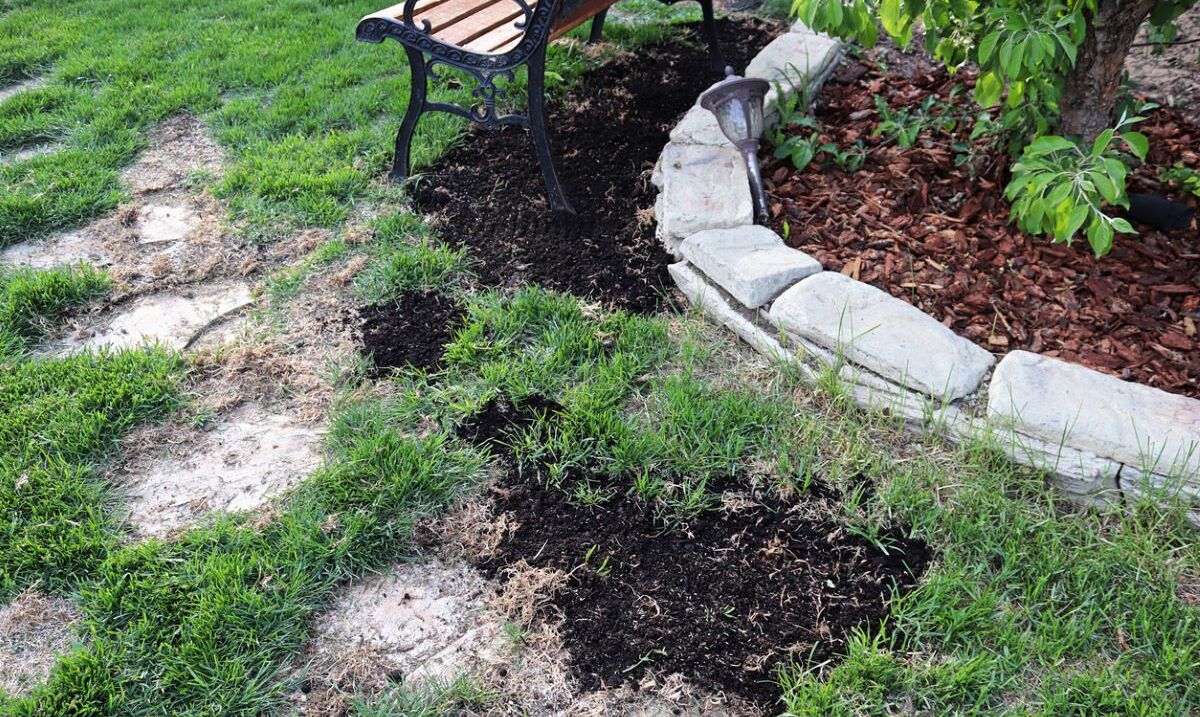
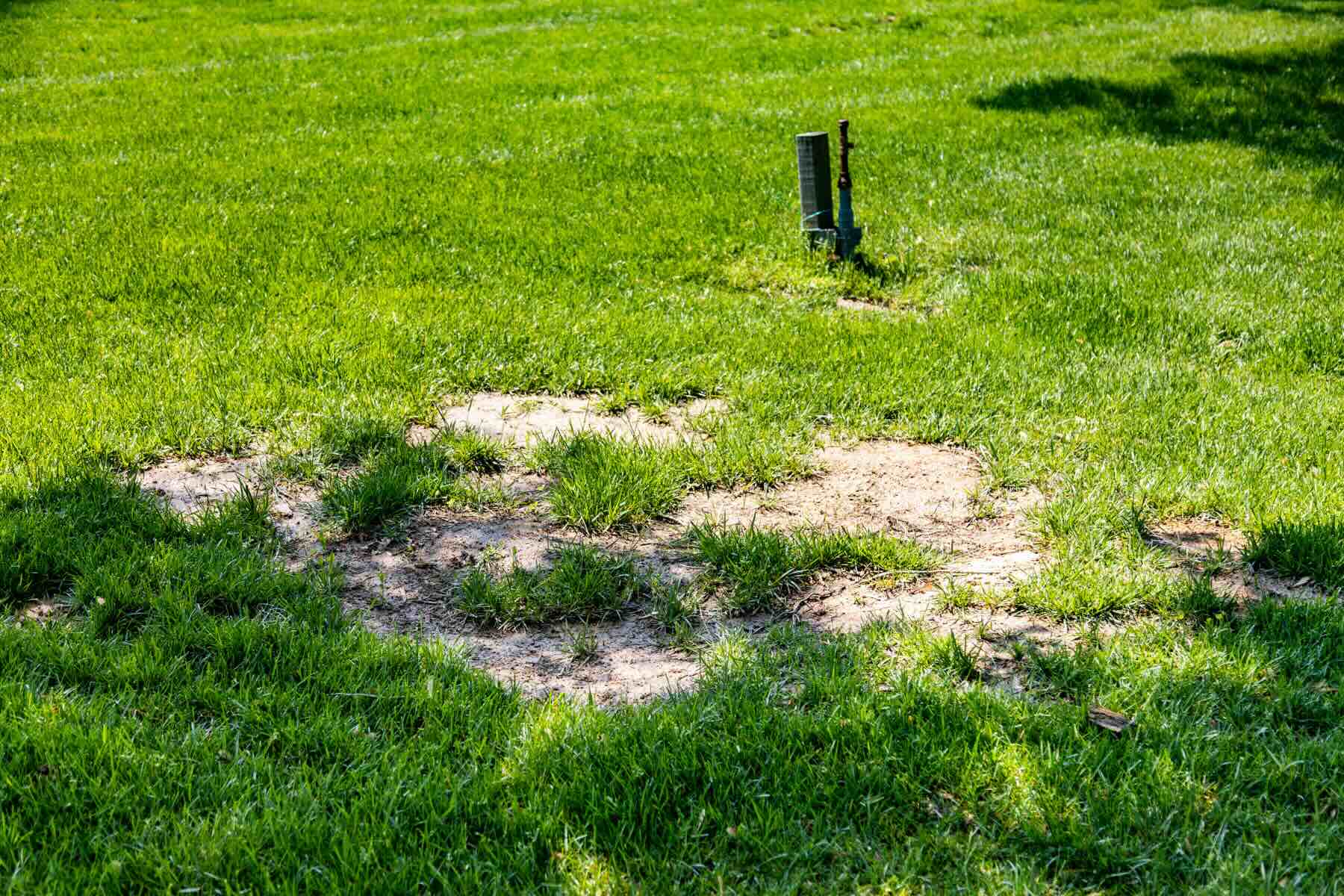
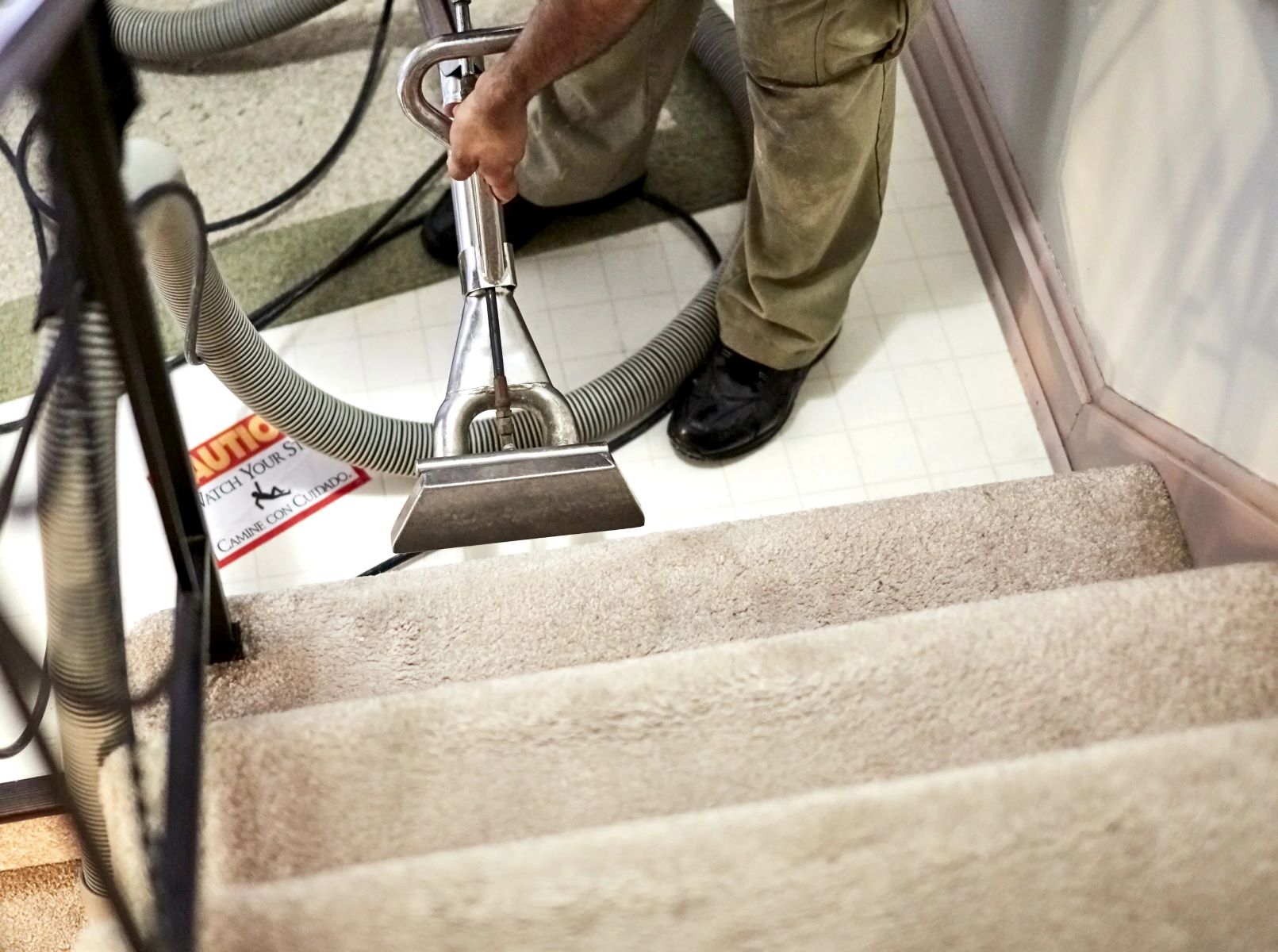
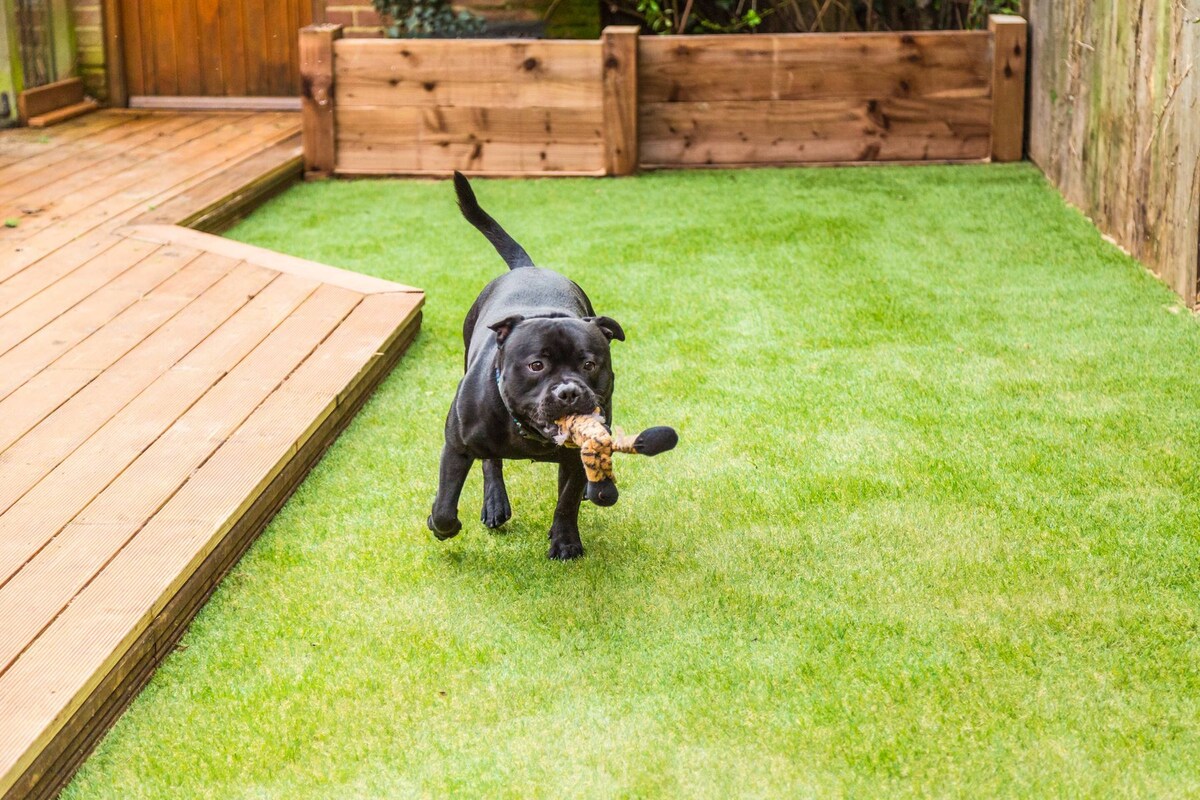
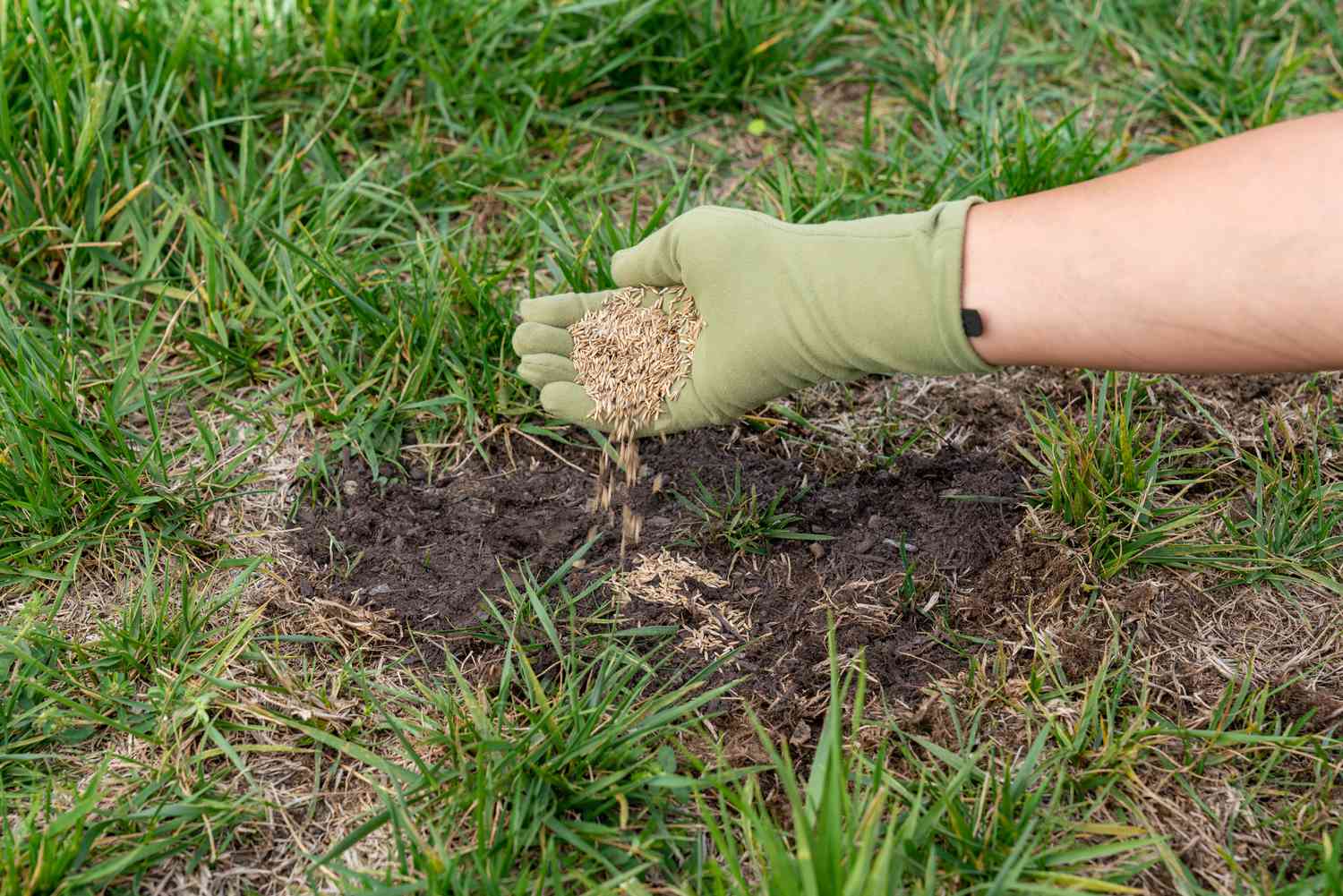
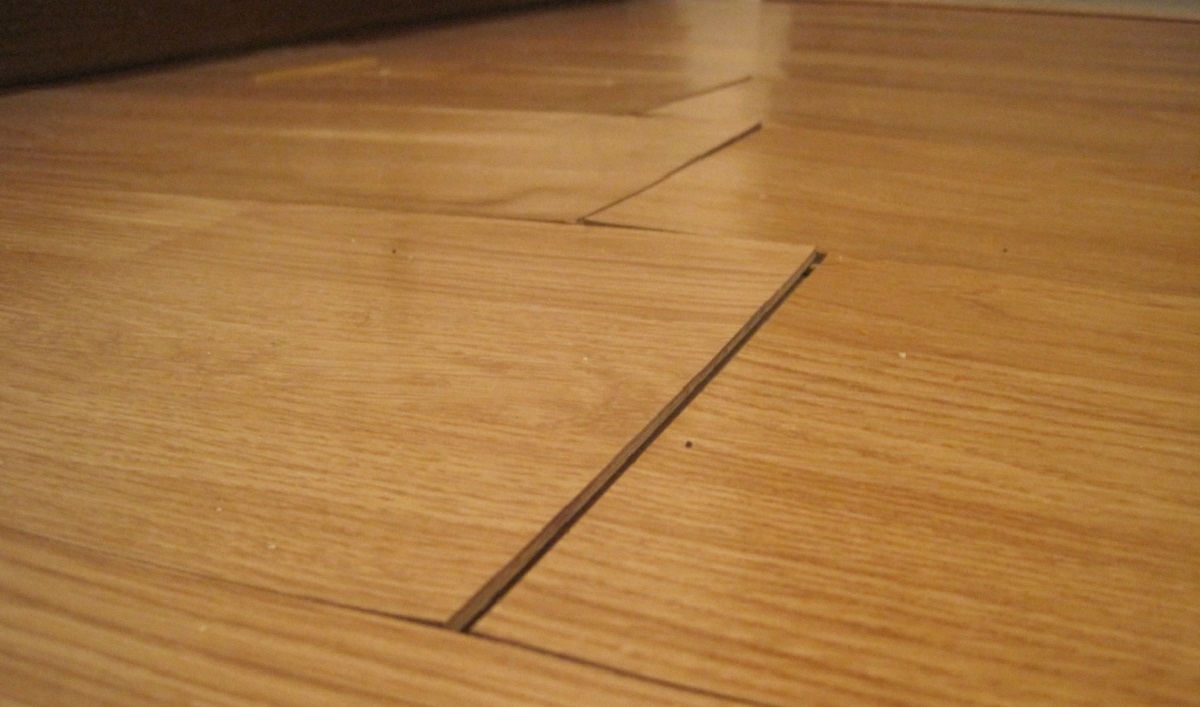
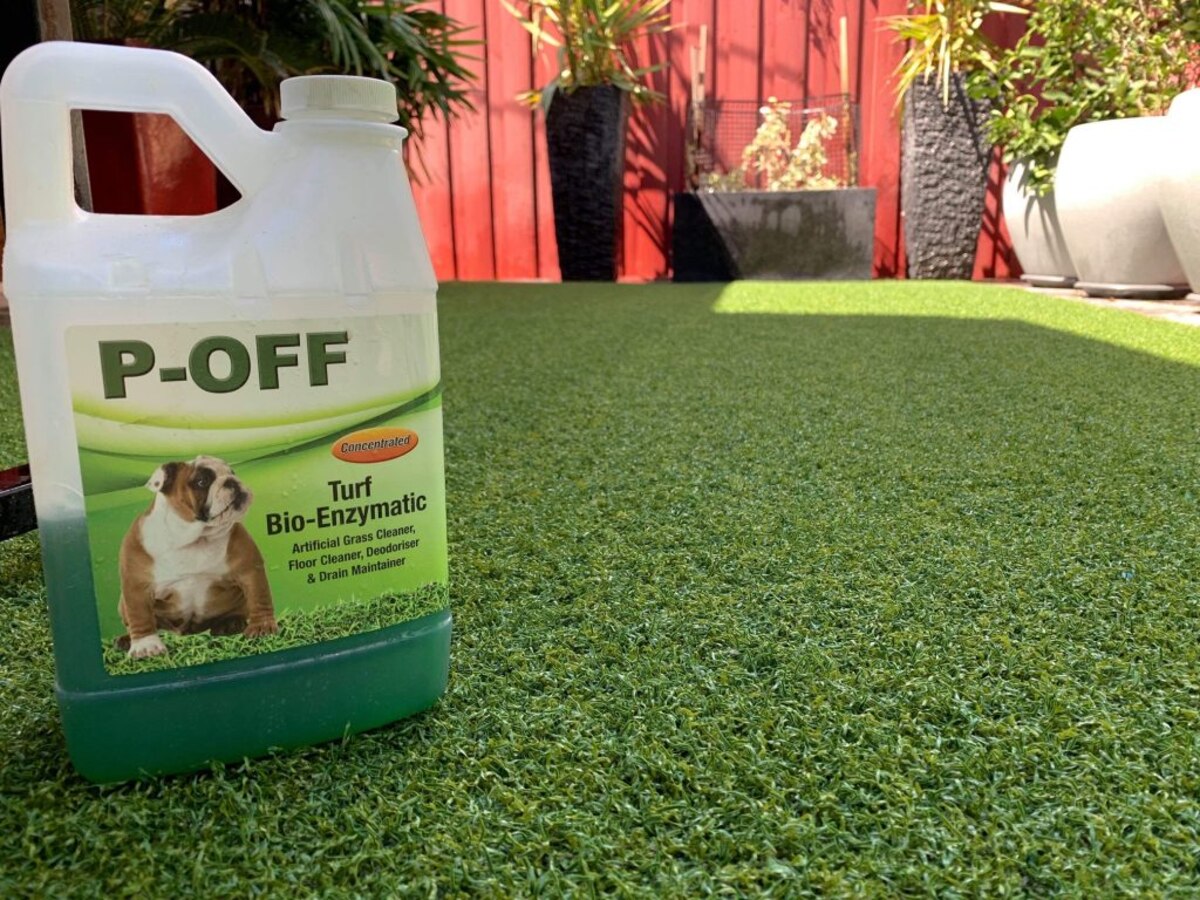

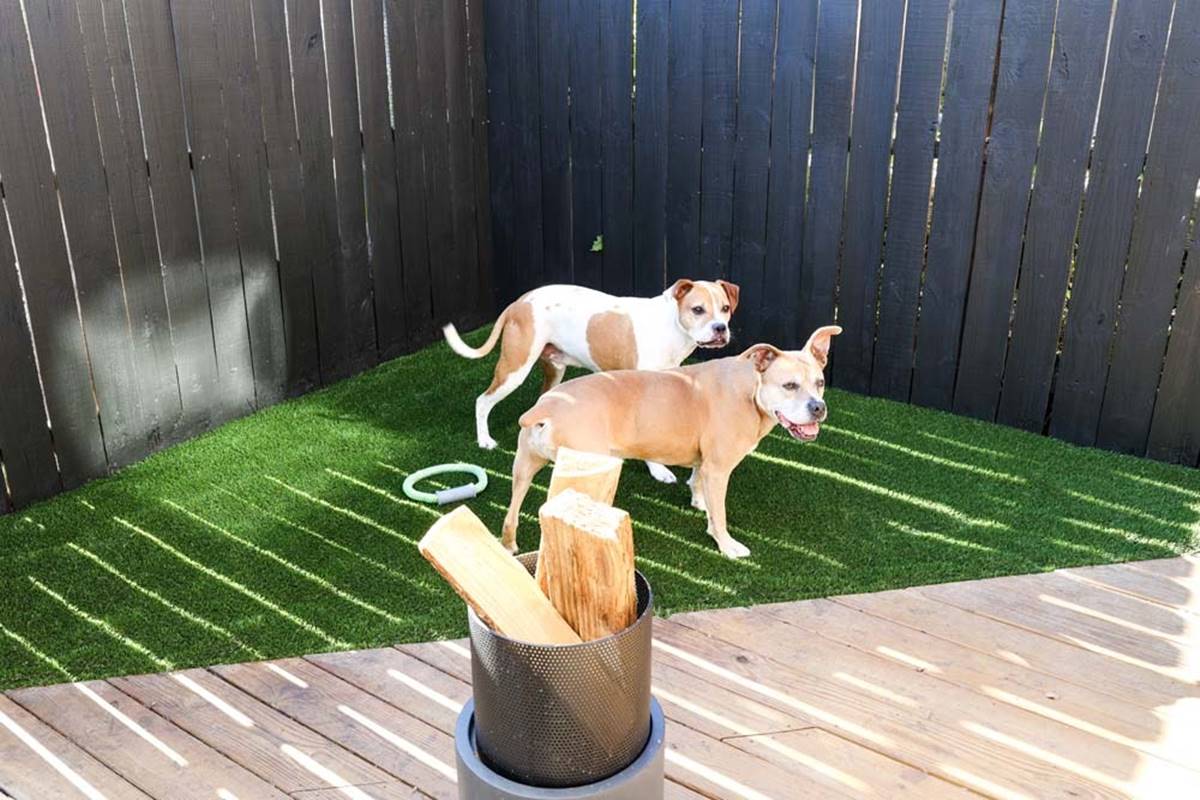
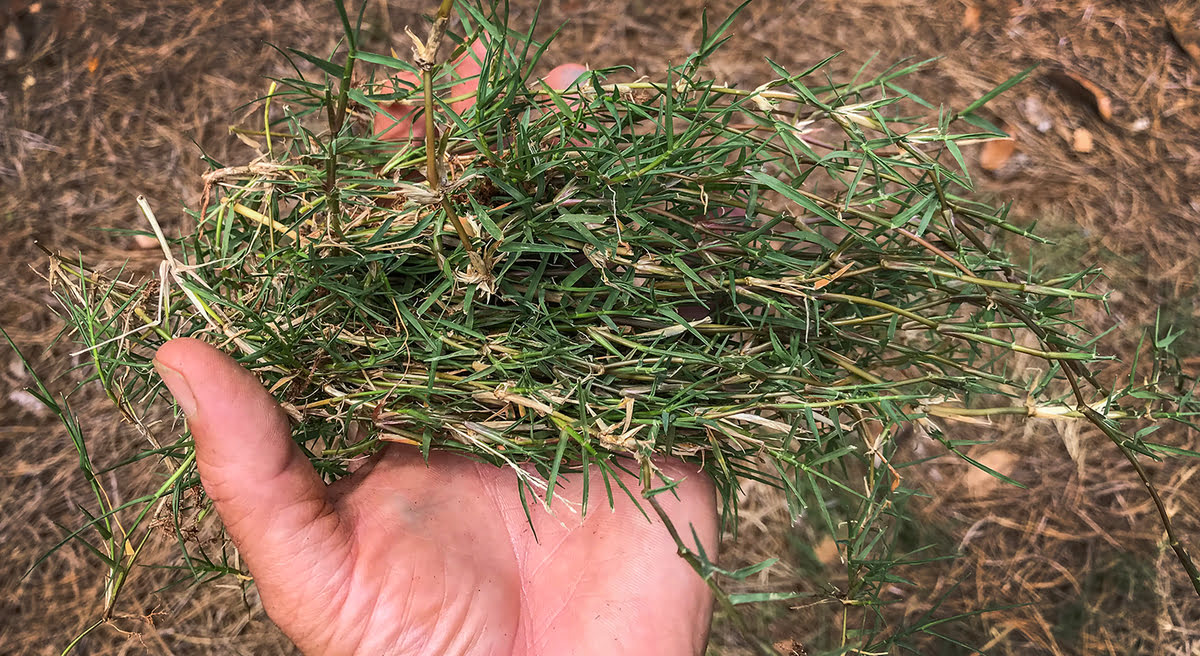
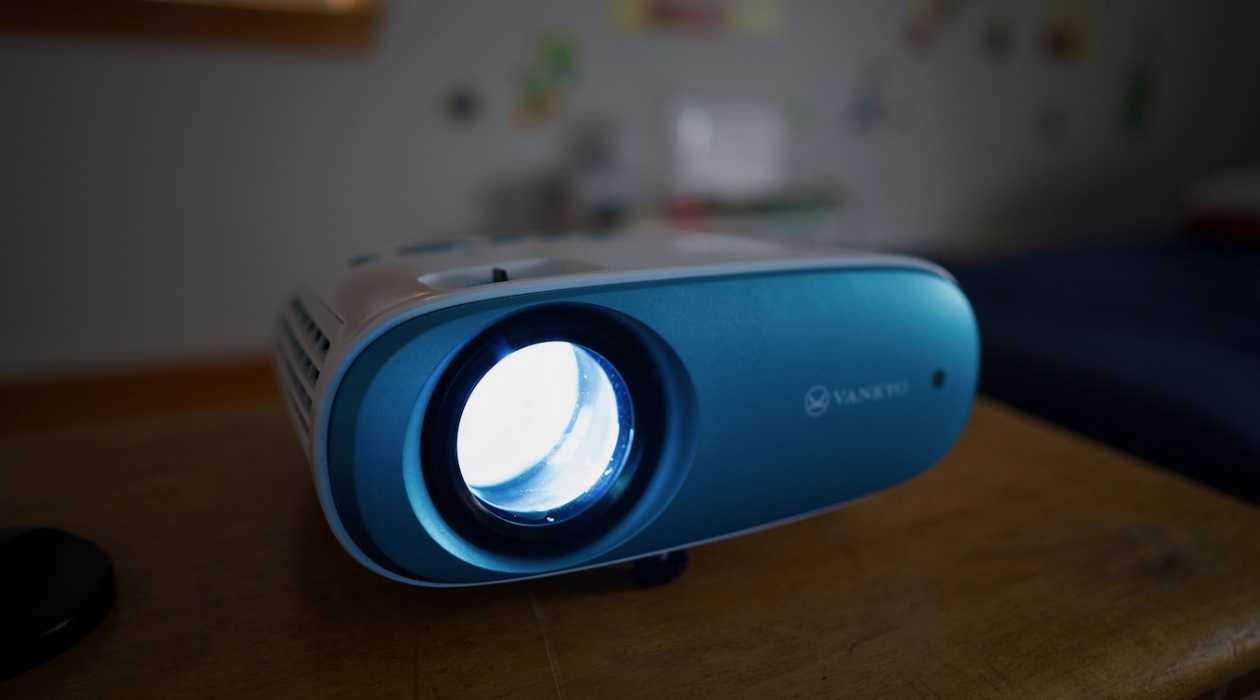
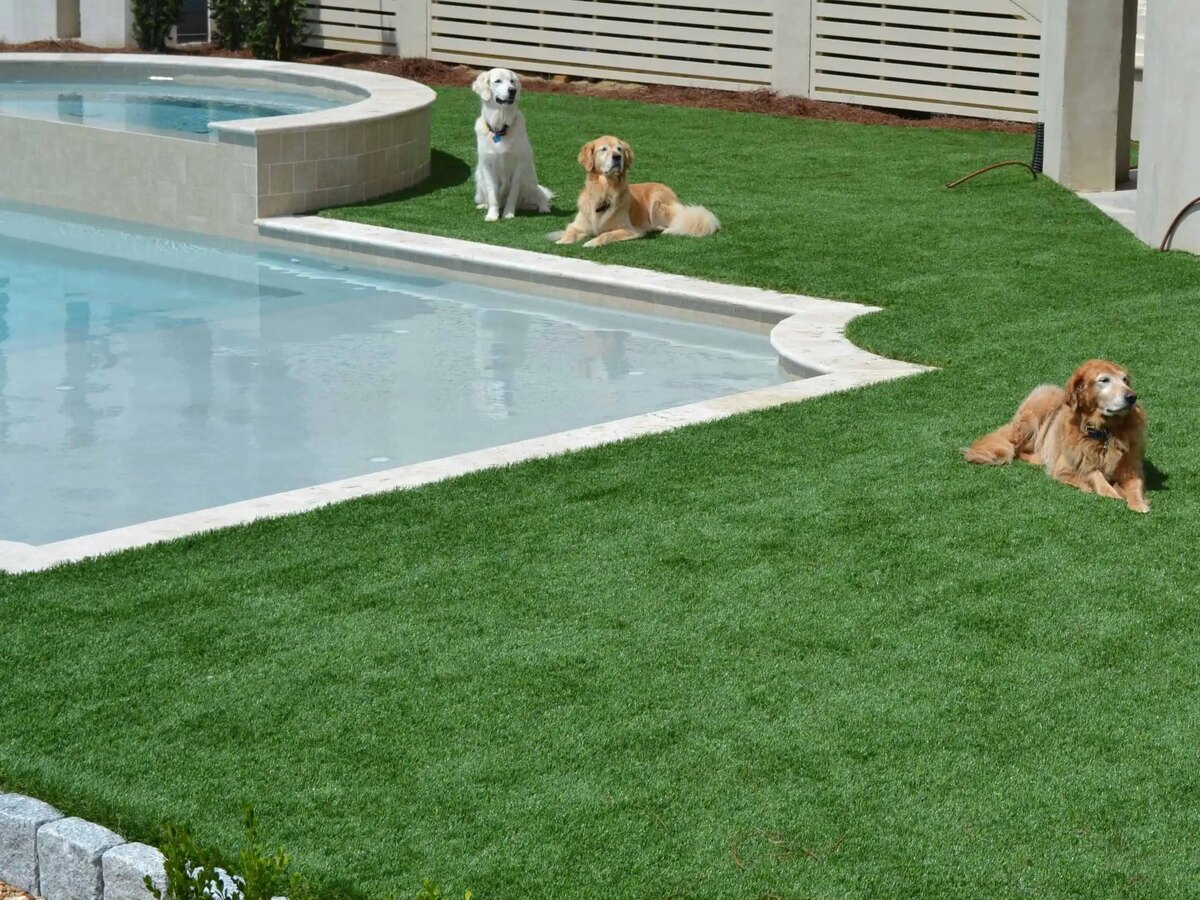
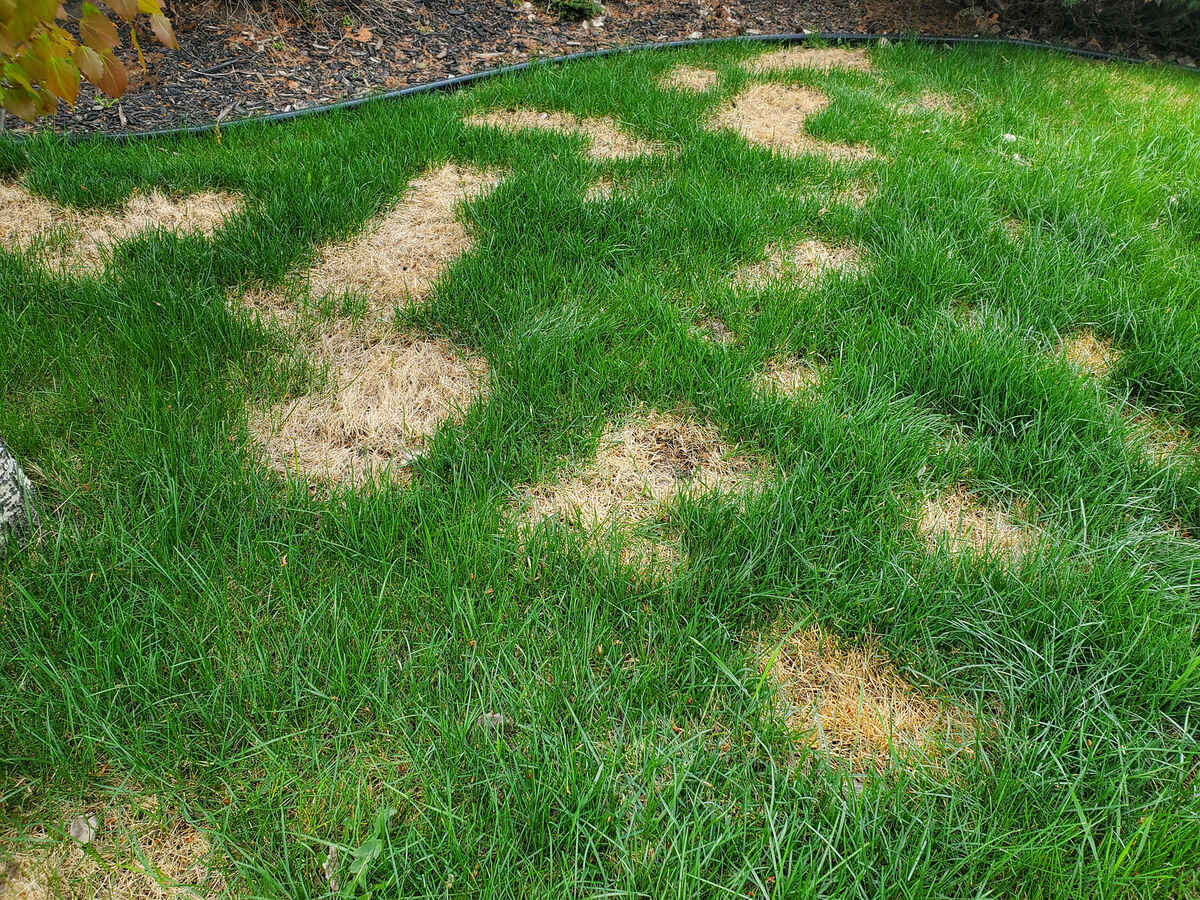

0 thoughts on “How To Fix Pet Urine Spots In Grass”